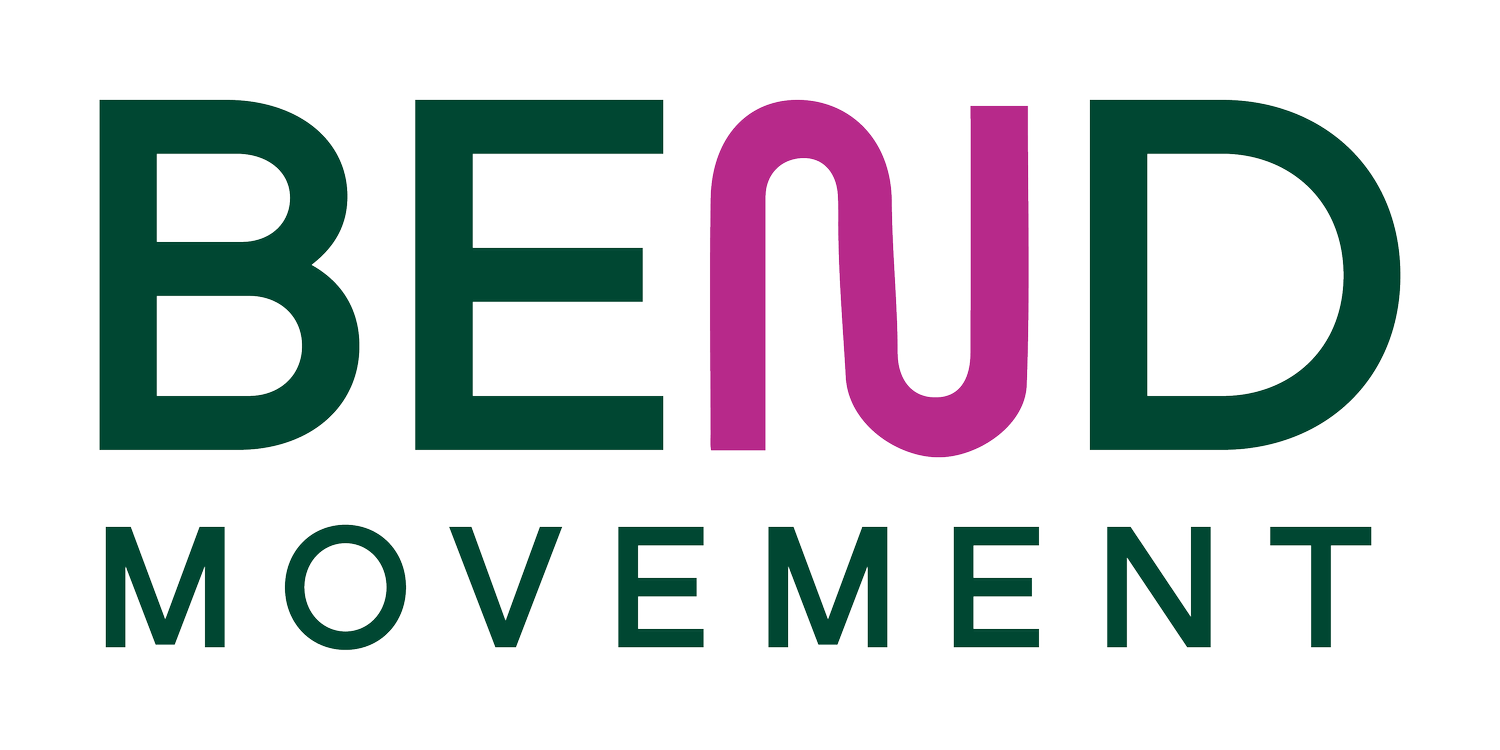Embracing the Elements: Exploring the Health Benefits of Cold and Heat Exposure
As you navigate the ever-evolving landscape of health and wellness, you may notice there's a growing interest in harnessing cold and heat to optimize your well-being. In this blog post, we'll dive into the potential health benefits of cold/heat exposure, outline associated risks, and discuss safe ways to engage in these practices.
The Health Benefits of Cold Exposure:
Improved Circulation: Cold exposure, such as cold showers or cryotherapy, can stimulate blood flow and circulation, potentially reducing inflammation and promoting overall cardiovascular health.
Enhanced Immune Function: Some research suggests that regular exposure to cold temperatures may boost immune function by activating brown fat tissue, which plays a role in regulating both your metabolism and immune responses.
Mood Enhancement: Cold exposure has been linked to the release of endorphins and neurotransmitters including dopamine and serotonin, contributing to improved mood and mental well-being for prolonged periods after exposure.
The Health Benefits of Heat Exposure:
Muscle Relaxation: Heat exposure, through methods like saunas or hot baths, can promote muscle relaxation, alleviate tension, and reduce muscle soreness and stiffness.
Detoxification: Sweating induced by heat exposure can facilitate the removal of toxins and metabolic waste products from the body, supporting detoxification and cleansing processes.
Stress Reduction: Heat exposure has been shown to activate the parasympathetic nervous system. This can lead to a relaxation response and reduced levels of stress hormones like cortisol, as well as a boost in testosterone and human growth hormone.
Risks and Considerations:
Overexposure: Both cold and heat exposure carry risks if not practiced safely and in moderation. Overexposure to extreme temperatures can lead to hypothermia, frostbite, heat exhaustion, or heatstroke.
Individual Variability: Everyone's tolerance to cold and heat varies, so it's essential to listen to your body and adjust accordingly. Certain medical conditions or medications may also affect your response to temperature extremes.
Safe Ways to Engage:
Gradual Progression: Whether you're exploring cold showers, cryotherapy, saunas, or hot baths, start with short exposures and gradually increase the duration and intensity over time.
Stay Hydrated: Hydration is crucial when engaging in temperature extremes. Drink plenty of water before, during, and after exposure to prevent dehydration.
Know Your Limits: Pay attention to how your body responds and be mindful of any signs of discomfort or distress. If you feel lightheaded, dizzy, or unwell, exit the cold or heat immediately and seek medical attention if needed.
Consult a Professional: If you have any underlying health conditions or concerns, consult with a healthcare professional before incorporating cold or heat exposure into your routine.
In conclusion, while exposure to cold and heat can offer a bunch of potential health benefits, it's essential to approach these practices with caution and mindfulness. By understanding the risks, practicing moderation, and prioritizing safety, you can use the transformative power of temperature exposure to support your overall health and well-being.
